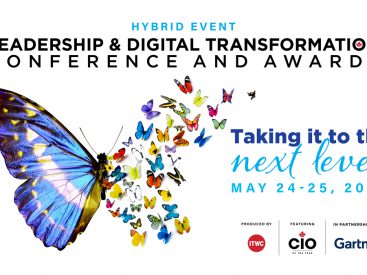By Irma Fabular, VP Analyst at Gartner Increasing global uncertainties and disruptions are forcing governments to accelerate the deployment of digital solutions to support their communities and workforces. Governments are under increasing pressure to deliver value quickly with a focus on “speed to value,” and hyperautomation is seen as a promising solution. Governments have already started modernizing platforms, automating tasks, and redesigning processes to reduce red tape, improve efficiency, and enhance citizen services. For example, governments have been deploying chatbots and using robotic process automation (RPA) to tackle process automation and work around legacy system limitations. As government automation initiatives continue to result in tangible business outcomes, the adoption and use of hyperautomation tools will grow. Gartner predicts that by 2026, 60% of government organizations will prioritize business process automation, up from 35% in 2022. What Is Hyperautomation? Hyperautomation is a disciplined approach that organizations use to rapidly identify, vet and automate as many business and IT processes as possible. It involves the integration of advanced technologies such as artificial intelligence (AI), machine learning (ML), robotic process automation (RPA), low code and integration platforms to automate complex business processes. Government organizations can balance digital investments for resiliency and flexibility […]
Click here to view original web page at www.expresscomputer.in



